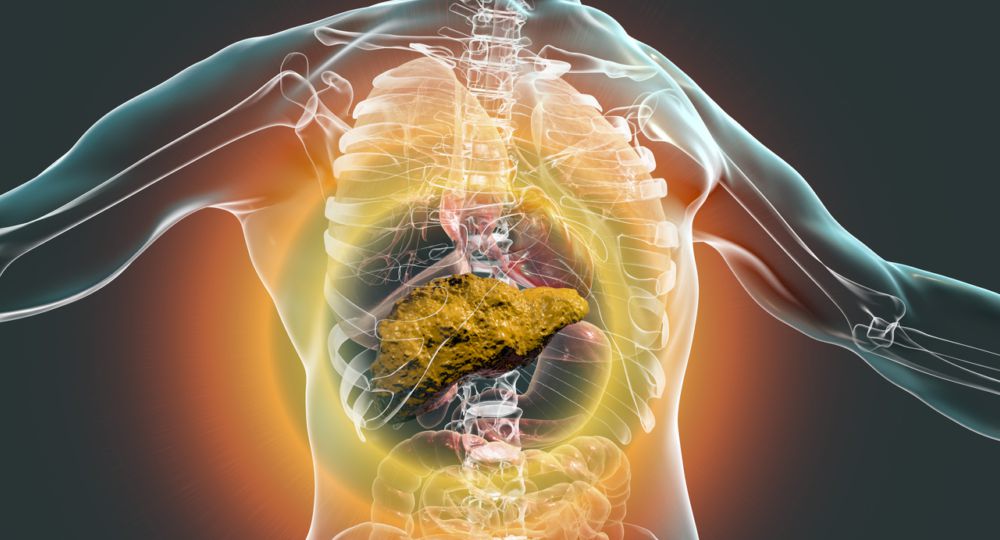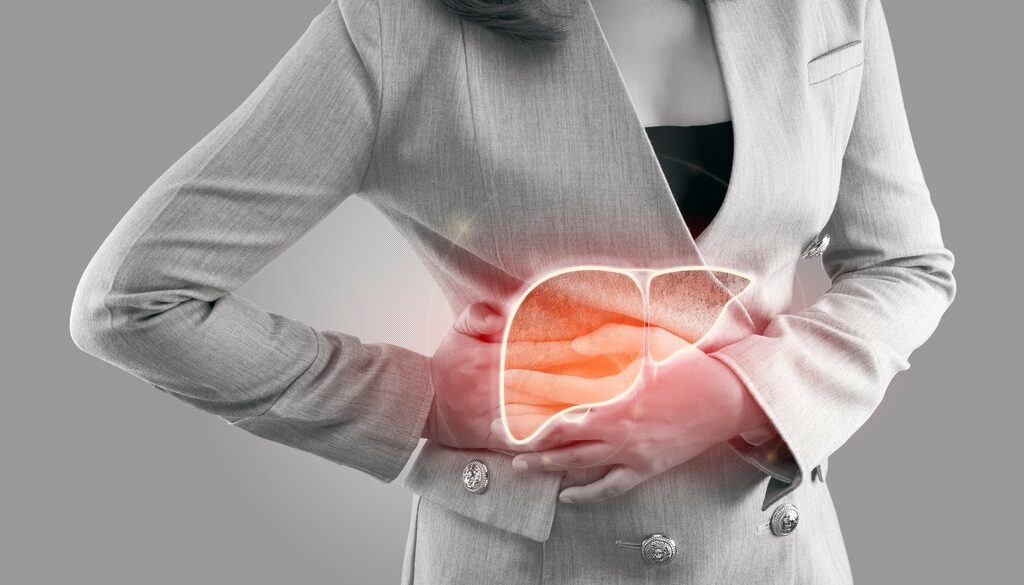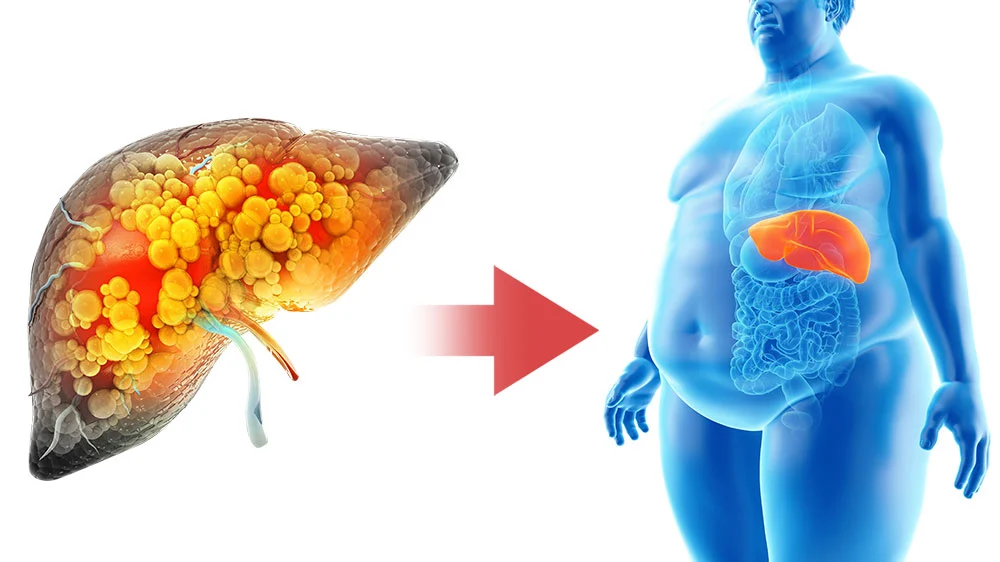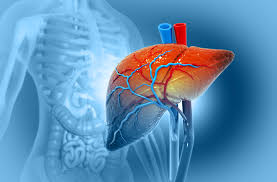
1. Understanding Liver Cysts
- Definition of Liver Cysts: A liver cyst is a sac-like structure filled with fluid that forms within the liver. These cysts can vary in size, ranging from small, asymptomatic cysts to larger cysts that can cause discomfort.
- Types of Liver Cysts:
- Simple Cysts: These are the most common and are typically benign.
- Polycystic Liver Disease (PLD): A genetic disorder that results in the development of multiple cysts within the liver.
- Hydatid Cysts: Caused by parasitic infection (Echinococcus), these cysts may have a different potential for malignancy.
- Neoplastic Cysts: These cysts have the potential to become malignant and include cystadenomas and cystadenocarcinomas.
2. Risk Factors for Malignant Transformation in Liver Cysts

- Age and Gender: The risk of malignant transformation in liver cysts increases with age. Men are also at a slightly higher risk for certain types of liver cancers.
- Genetic Predisposition: Individuals with a family history of liver cancer or polycystic liver disease are more susceptible to developing malignant cysts.
- Chronic Liver Disease: Conditions such as cirrhosis, hepatitis, and fatty liver disease can increase the likelihood that a liver cyst will develop into cancer.
- Previous Cancer History: A history of cancer in other organs, particularly the bile ducts, can contribute to an increased risk of liver cancer.
- Infection and Inflammation: Parasitic infections (e.g., hydatid disease) and chronic inflammation in the liver can create a more conducive environment for cysts to develop malignancy.
3. Mechanisms Behind the Development of Cancerous Liver Cysts
- Cellular Changes and Mutation: The transformation of benign cysts into cancerous tumors is largely driven by genetic mutations that occur within the cyst lining or surrounding tissues. These mutations can lead to uncontrolled cell division, contributing to cancer growth.
- Impact of Chronic Inflammation: Chronic inflammation, often caused by underlying liver disease, can accelerate the process of malignant transformation. Inflammatory cytokines may trigger changes in the genetic material of liver cells, leading to cancer.
- Involvement of Bile Ducts and Vascular Structures: Cysts that involve bile ducts or large blood vessels in the liver may have an increased likelihood of developing into cancer, as these areas are more prone to malignant changes.
4. Symptoms of Liver Cysts That May Indicate Malignancy

- Pain and Discomfort: Large cysts or those that develop malignant characteristics may cause discomfort in the upper right abdomen or a sense of fullness.
- Weight Loss and Fatigue: Unexplained weight loss, fatigue, and a general feeling of being unwell may be indicative of malignant transformation.
- Jaundice: A yellowing of the skin or eyes, caused by impaired liver function, may signal that a cyst is affecting the liver’s bile ducts or undergoing malignancy.
- Abnormal Imaging Findings: Regular imaging techniques like ultrasound, CT scans, and MRIs may reveal changes in the size, shape, or structure of cysts, suggesting malignancy.
5. Diagnosis and Monitoring of Potentially Cancerous Liver Cysts
- Imaging Techniques: Ultrasound, CT scans, and MRI are crucial for identifying liver cysts and monitoring their growth. Specific features on these images, such as irregular edges or thickening of the cyst wall, may raise suspicion of malignancy.
- Biopsy: A liver biopsy, though not commonly performed for cysts, can be used to confirm malignancy in suspicious cysts. This invasive procedure involves taking a small sample of the cyst for examination under a microscope.
- Blood Tests: Certain blood markers, such as alpha-fetoprotein (AFP), may be elevated in cases of liver cancer and could aid in diagnosing malignant cysts.
- Genetic Testing: In some cases, genetic testing may be used to identify mutations in liver cells that are indicative of cancerous transformation.
6. Types of Cancerous Liver Cysts

- Cystadenomas and Cystadenocarcinomas: Cystadenomas are benign tumors, but if left untreated, they may develop into cystadenocarcinomas, a form of liver cancer. Cystadenocarcinomas are often malignant and aggressive.
- Hepatocellular Carcinoma (HCC): In rare cases, benign cysts may evolve into HCC, the most common type of primary liver cancer. This transformation is often associated with cirrhosis or chronic liver disease.
- Bile Duct Cancers: Cysts that involve the bile ducts or are located near bile ducts can sometimes develop into cholangiocarcinoma, a cancer of the bile ducts.
7. Treatment Options for Malignant Liver Cysts
- Surgical Removal: If a liver cyst is confirmed to be malignant or carries a high risk of malignancy, surgery may be necessary to remove the cyst or part of the liver. The extent of surgery will depend on the size and location of the cyst.
- Liver Transplantation: In cases where the cysts are widespread or associated with advanced liver disease, liver transplantation may be considered.
- Chemotherapy and Radiation Therapy: For more advanced cancers, chemotherapy or radiation therapy may be used to shrink tumors or prevent further spread of cancer.
- Targeted Therapy: In some cases, targeted therapies that focus on specific molecular markers associated with liver cancer may be an option.
8. Prevention and Monitoring
- Regular Monitoring: Regular imaging and check-ups are essential for individuals diagnosed with liver cysts, particularly if they have risk factors for cancer. Early detection is crucial in managing the risk of malignancy.
- Managing Underlying Conditions: Proper management of chronic liver diseases, such as hepatitis or cirrhosis, can reduce the risk of cysts becoming malignant.
- Lifestyle Modifications: Maintaining a healthy diet, avoiding alcohol, and quitting smoking can lower the risk of developing liver disease and, consequently, the risk of cancer.
While most liver cysts are benign and do not pose a significant risk to health, certain conditions can increase the likelihood of malignant transformation. Understanding the risk factors, symptoms, and diagnostic methods for potentially cancerous liver cysts is essential for effective prevention and early detection. Patients with liver cysts should work closely with their healthcare providers to monitor their condition and take appropriate steps to reduce the risk of malignancy.
